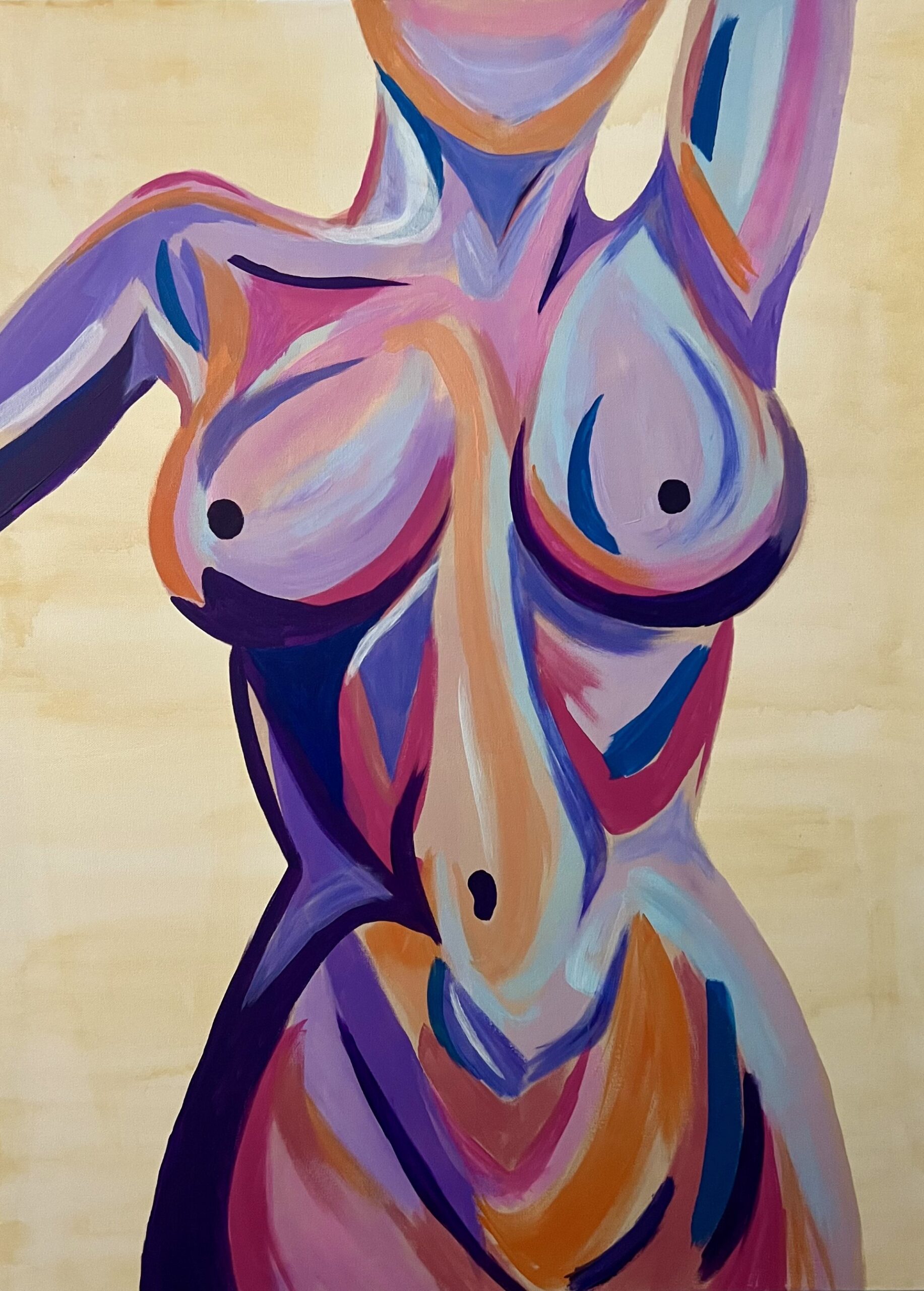During my time on the transplant service, I distinctly remember being elbow deep in the donor’s intestines while we removed the kidney and liver. Just beside us the thoracic transplant surgery team was cracking open the patient’s chest. When I was on trauma, I recall an emergency overnight surgery for a patient who had tissue necrosis due to a fistula between the colon and the abdominal wall. While we initially intended on resecting only the tissue around the fistula, we found that the necrosis had spread up to the chest and down to the knee. The sight and smell of monotonously removing large slabs of rotting flesh from the patient left me with a feeling of wrongness. Although my visceral reaction was to yell at everyone to stop, logically I knew that this surgery was the best chance of survival for the patient. Most times I see operations as creative, intricate work that saves and improves patients’ lives. However, occasionally, as I described, I am suddenly hit by the fact I am literally cutting into human tissue and am holding organs in a way that would make many people vomit. In these moments, I feel like I am a monster enacting cruel violence on another person as you might see from serial killers in horror movies. Even though most times I think surgery is exciting, there can be disturbing aspects.
I wanted to reflect on surgery as both violent and healing, delving into the ethical and practical aspects. There is a delicate balance between causing harm and achieving a greater good. Relationships between surgeon and patient are built upon this trust, as patients voluntarily submit themselves to controlled violence in the hope of healing. While this is a planned trauma, and a carefully orchestrated violence, there is also a toll on surgeons from consistent exposure to gore and trauma. This can affect the emotional well-being of surgeons. The visceral nature of their work can lead to desensitization or, conversely, emotional overload. Surgeons may experience this unique form of trauma in silence and in solitude as they struggle to come to terms with the life-altering procedures they perform daily.
I am primarily a painter so I felt most comfortable doing this reflection by painting on canvas. I envisioned creating a slightly abstract painting of a person representing the duality of the patient’s body in the operation. I chose to use a female form because I remember how surprising it was initially to see completely exposed bodies — it is taboo in Western culture. I decided to paint my figure using bright colors so that the thrilling and creative part of surgery was prominent. After finishing this, I debated many ways to display the carnage. I could rip open the canvas and add 3D organs, I could paint over a section, or I could overlay another canvas with a depiction of internal anatomy. But every time I tried to do something, I couldn’t, because I felt like I was going to ruin it and was worried that the “gore” would mar the final product. Reflecting on this was kind of funny because it was in line with how this aspect of surgery is often not talked about. The gory aspect is disturbing and ultimately a reality surgeons face every day. As I think about becoming a surgeon, I recognize that sometimes I might be impacted by the procedure I am doing, but I also know if I only focus on that, my everyday work would be incredibly troublesome. Therefore, in line with this decision about how to conceptualize the act of surgery, I plan to maintain my painting as is so that I can enjoy the beauty. Perhaps later I will create a separate piece that displays the violence of surgery.
Image credit: Custom artwork by the author for this Mosaic in Medicine piece.


